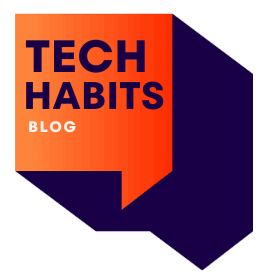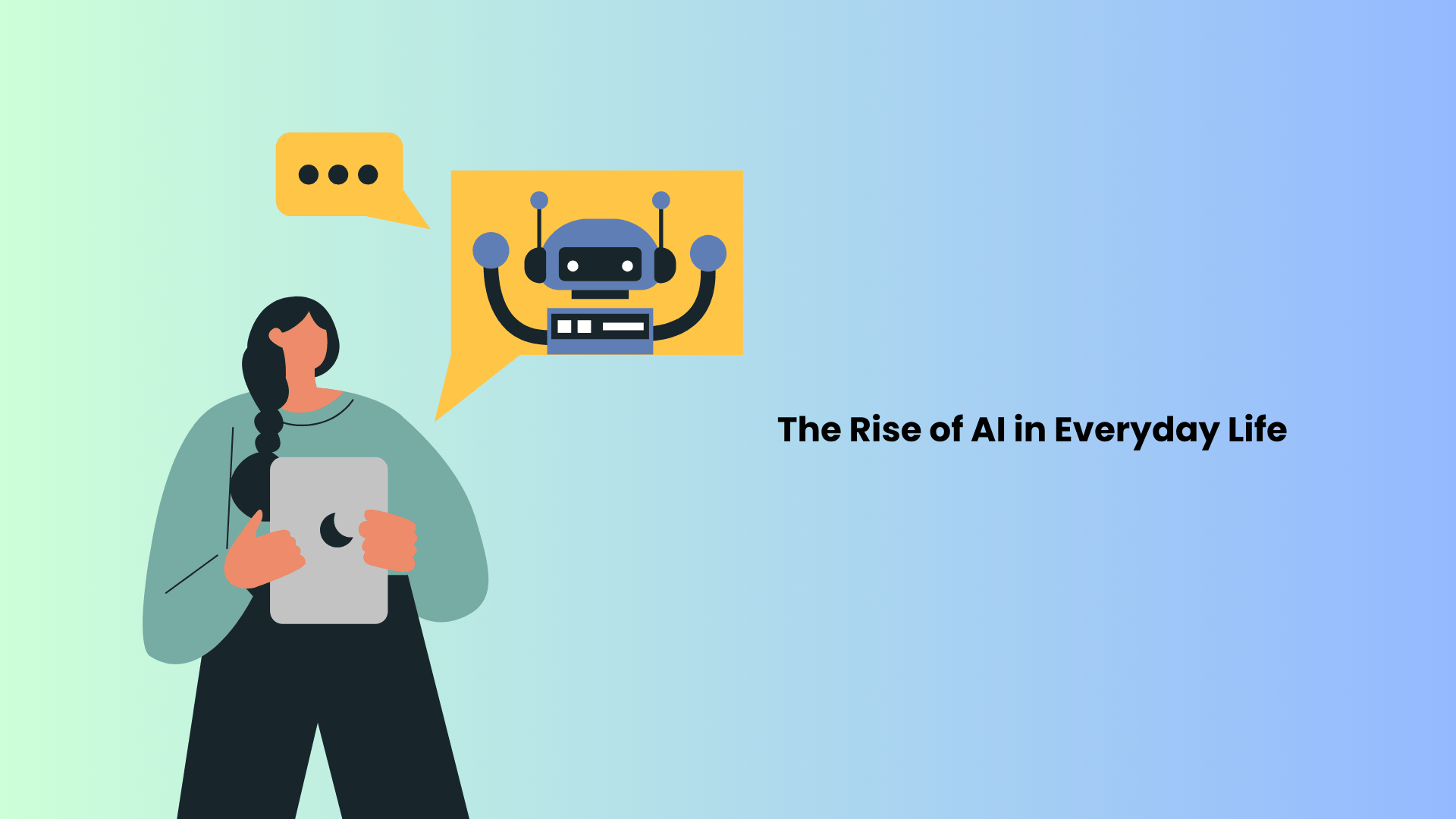Artificial Intelligence (AI) is no longer a futuristic concept confined to science fiction; it has firmly entered our everyday lives and transformed how we work, learn, and interact with technology. From virtual assistants to personalized recommendations, AI is increasingly becoming a part of the fabric of modern life. But how exactly is AI changing how we live, and what does this mean for the future?
Understanding the Basics of AI
At its core, Artificial Intelligence refers to the simulation of human intelligence in machines that are programmed to think and learn. AI systems are designed to analyze data, recognize patterns, make decisions, and improve themselves over time without explicit programming. The power of AI lies in its ability to process vast amounts of data and draw insights that humans might miss.
The most common examples of AI are in products like Siri, Alexa, and Google Assistant, which can recognize speech and respond to voice commands. However, AI’s reach extends far beyond voice assistants.
AI in Personal Assistants: Simplifying Our Lives
One of the most widespread uses of AI in everyday life is through personal virtual assistants. These AI-driven systems help us manage our calendars, send messages, or control smart devices at home.
For instance, Google Assistant can help you schedule appointments, set reminders, and even provide news updates. With Amazon Alexa, you can control smart home devices like lights, thermostats, and security cameras, all through voice commands. These assistants use AI algorithms to understand context, predict your needs, and continually improve functionality, making them increasingly indispensable in our daily routines.
AI in Healthcare: Revolutionizing Patient Care
The healthcare industry is one of the sectors benefiting most from the rise of AI. AI-powered technologies are being used to improve patient care, streamline operations, and enhance diagnostic accuracy.
AI systems can analyze medical data and identify patterns that may go unnoticed by human doctors. For example, AI can help radiologists detect early signs of diseases such as cancer by analyzing medical images with remarkable accuracy. AI is also used in predictive analytics to forecast patient conditions and improve personalized treatment plans. With tools like AI-driven diagnostic apps and virtual health assistants, patients can receive better care and faster diagnoses, often at a lower cost.
AI in Transportation: The Future of Mobility
AI is also transforming the way we move. Autonomous vehicles are among the most discussed topics in AI, with companies like Tesla, Waymo, and Uber working on self-driving car technology. AI systems in autonomous vehicles rely on sensors, cameras, and machine learning algorithms to interpret real-time data, recognize obstacles, and navigate roads safely.
While fully autonomous cars are still being refined, AI has significantly impacted transportation through driver-assistance systems. Features like lane-keeping assist, automatic emergency braking, and adaptive cruise control are powered by AI algorithms, making driving safer and more efficient.
Additionally, AI is revolutionizing logistics and delivery systems. AI algorithms help optimize routes for delivery trucks, reducing fuel consumption and delivery times, while drones powered by AI are being tested to deliver packages to homes more efficiently.
AI in Retail: Personalized Shopping Experiences
AI has reshaped the retail landscape by providing personalized shopping experiences. When you shop online, AI analyzes your previous searches, purchases, and browsing history to recommend products you’re likely interested in. Websites like Amazon and Netflix use AI algorithms to suggest movies, books, or products that match your preferences.
In physical stores, AI also plays a role. Some stores use smart shelves to track inventory levels and notify managers when restocking is needed. AI-powered chatbots on e-commerce websites help customers find products, answer questions, and complete purchases, providing a more streamlined shopping experience.
AI in Education: Shaping the Future of Learning
Education is another area where AI is making strides. The technology creates opportunities for more efficient and tailored learning experiences, from personalized learning platforms to AI tutors. AI can analyze students’ performance and learning patterns, adapting lessons and recommendations to fit individual needs.
For example, platforms like Duolingo use AI to adjust the difficulty of lessons based on how well users are performing, helping them learn languages at their own pace. AI can help identify students who are falling behind in schools, allowing educators to intervene early and offer targeted support.
Moreover, AI is improving administrative processes in education. Universities and schools use AI to streamline admissions and grading and predict student success based on past performance, enabling better decision-making at all levels.
AI in the Workplace: Automating Tasks for Increased Efficiency
AI is transforming the workplace by automating repetitive and time-consuming tasks. Chatbots handle customer service inquiries, while AI-driven software automates data entry, scheduling, and even basic content creation.
Robotic Process Automation (RPA) is used in various industries, from finance to healthcare, to automate rule-based tasks. AI also enhances business decision-making by analyzing data and providing insights to guide strategy. For example, AI-powered CRM systems (Customer Relationship Management) help businesses understand customer behavior and improve marketing efforts.
By automating routine tasks, employees can focus on more complex, creative, and strategic work, increasing productivity and innovation.
Ethical Considerations: AI’s Impact on Privacy and Jobs
While AI brings tremendous benefits, it also raises ethical concerns. Privacy is a significant issue, as AI systems often rely on personal data to function effectively. There is growing concern about how companies collect and use this data, especially regarding AI-driven tools like facial recognition.
Another issue is job displacement. As AI automates more tasks, there is the potential for job losses in industries that rely on manual labor or routine tasks. However, many experts believe AI will create new jobs, particularly in AI development, data analysis, and cybersecurity.
Conclusion: The Future of AI in Our Lives
AI is here to stay, and its influence on our daily lives will continue to grow. From improving healthcare to transforming transportation, education, and the workplace, AI enhances how we live, work, and interact with technology. As we move into the future, it’s crucial to ensure that AI is developed and implemented ethically, ensuring that its benefits are accessible to all and its challenges are addressed.
The rise of AI is not just a trend—it’s a fundamental shift shaping the future in ways we can only imagine. Embracing this technology will allow us to leverage its full potential and create a better world for future generations.

